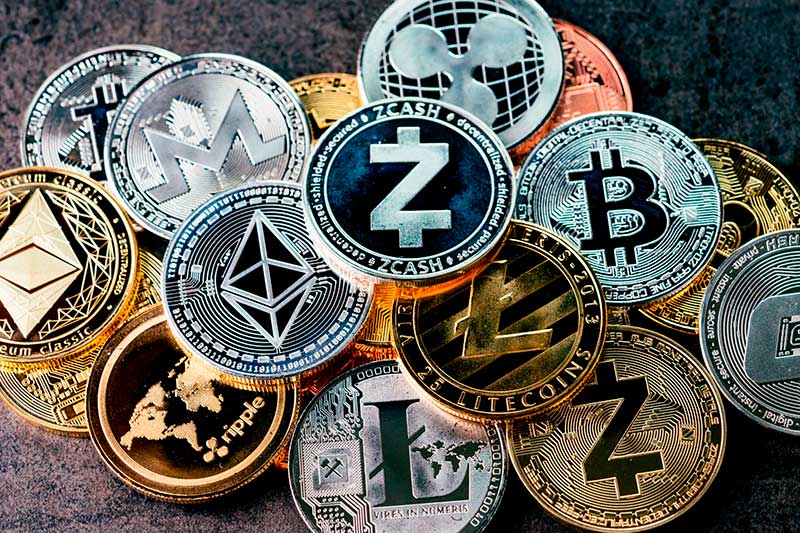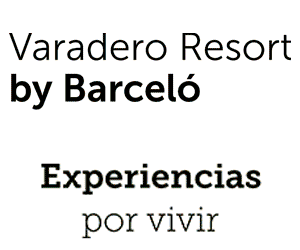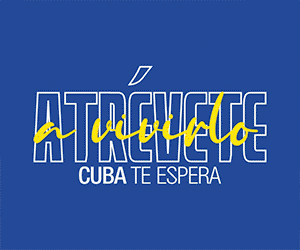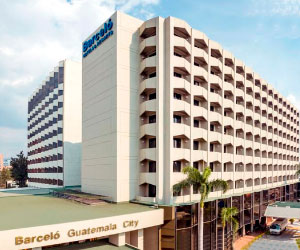The traditional banking system and economic instability are making it difficult for Latin Americans to get credit, but crypto lending is thriving across the region.
It is not easy for Latin Americans to borrow money from traditional banks at a time of extremely high interest rates and relentless inflation. So, some in the region have turned to crypto to gain access to needed credit.
Back in 2020, when coronavirus pandemic-induced inflation hit, Latin American central banks were among the first to hike interest rates, with further increases in 2021 and 2022.
As a result, traditional banks’ lending rates grew exponentially, acting as a trigger to the growth of crypto platforms, which offer up to 50% lower rates and zero maintenance fees.
Ledn, a Canada-based lending platform with more than 125,000 users, started operating in Latin America in 2019. The region now accounts for 50% of the loans granted by the company, Ledn co-founder and Chief Strategy Officer Mauricio Di Bartolomeo told CoinDesk.
“As the adoption of cryptocurrencies grew in Latin America, we noticed that people had to sell their bitcoins to spend on their daily lives,” Di Bartolomeo said. “That was when we saw credit could help people grow their businesses or projects without selling their crypto.”
Lend offers credits in U.S. dollars and the USD coin (USDC) stable coin, with an annual interest rate of 7.9%. When receiving USD or USDC loans, the collateral in BTC must double the loan. The company provided $500 million in loans in Latin America, with an average amount of a bitcoin-backed loan of $9,206, Di Bartolomeo said.
In July, Buenbit, a Latin American crypto exchange, started offering crypto credits in Argentina via NuArs, a stable coin pegged to the Argentine peso (ARS) that operates on Binance’s blockchain and must be collateralized in the U.S. dollar-pegged stable coin DAI.
Since the launch of that lending feature, the amount borrowed from NuARS grew by 70%, Manuel Calderon, Buenbit’s financial manager, told CoinDesk. He said the borrowing limit expanded from 1 million ARS (equivalent to $3703) to 5 million ARS ($18.518) in September, adjusting to user demand.
Depending on the amount borrowed, the collateral required can go up to 90%, Calderon said. The annual interest rate is about 69.5%, though it can change on a daily basis as the markets fluctuate, he added. With Argentina’s traditional banks, loan rates can exceed 200% annually, according to data from major institutions surveyed by CoinDesk.
“This feature is designed for those who do not want to sell U.S. dollars but need to get hold of pesos for an expense, either short term or longer term,” Calderon said. “This way, you can keep the dollars and use them as collateral to take out a loan.”
Calderon said that approximately 30 loans are opened and 25 closed per day on Buenbit’s platform. “Users go from small and medium companies that want to get 5 million NuARS to buy machinery, to people who get only 3,000 pesos (US$11) to pay a small expense like eating in a restaurant,” he said.
In August, Num Finance, which developed a stable coin pegged to the Peruvian sol called NuPEN, started offering loans in NuARS and NuPEN on its own platform in Argentina and Perú. According to Santiago Migone, Num Finance’s CEO, more than $250,000 were lent over the last month.
“Latin America is a region that has far fewer credit facilities than countries with similar incomes, such as Eastern Europe or South Africa,” Migone said. “There is a great incentive for crypto products that bring new modalities to help expand credit in several ways.”
Num Finance’s credits can be 100% collateralized with bitcoin, ether or DAI, among other crypto, while the interest varies according to the referencial rates of each country. In Argentina, the rate of NuARS is 59%, while NuPEN’s rate rises up to 6%.
A troubled region
In August, Mexico’s central bank announced a monthly rate hike for the tenth consecutive month, adding 75 basis points and taking interest rates to an all-time high of 8.5%.
Brazil, one of the first countries to tighten its monetary policy in 2020, accounts for the second-highest interest rate in the world with 13.75%. But the first place, by far, goes to Argentina, whose central bank announced in September a 550-bps raise, hitting a 75% reference interest rate.
Private banks are even more risk-averse when granting a loan. In Brazil, the largest private bank, Itau, offers personal loans with an annual interest rate that can go up to 172.85%, according to its website. In Argentina, the annual interest rate offered by the largest private player, Banco Santander, can reach 230%.
“These rates make it impossible for citizens to repay loans as inflation continues to rise,” Darian Yane, an Argentine economist specializing in crypto, told CoinDesk.
Latin America has some of the highest inflation in the world, with an average of approximately 11% year to year. These numbers have even affected the steadiest countries, such as Chile and Peru, whose citizens have recently started adopting crypto as a hedge against inflation.
Furthermore, in Latin America financial inclusion is still low. Up to 50% of its workforce works in informal conditions and therefore lacks a credit score necessary to apply for a loan.
“For someone living outside the banking system whose income is in local currency, who can’t access credit, can’t access a bank account, a credit card, anything … that’s when crypto becomes a solution,” Yane added. (https://www.coindesk.com/business/2022/09/29/crypto-loans-are-booming-in-latin-america-amid-runaway-bank-rates-and-inflation/)

































